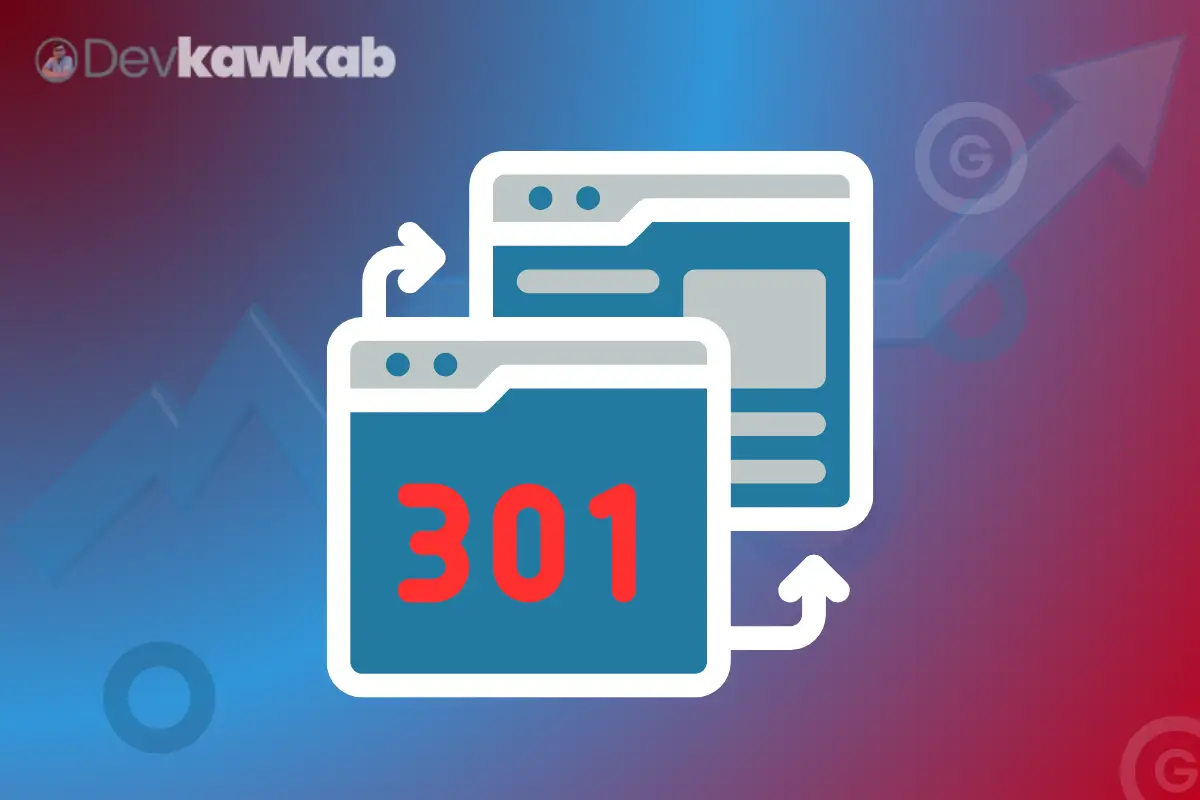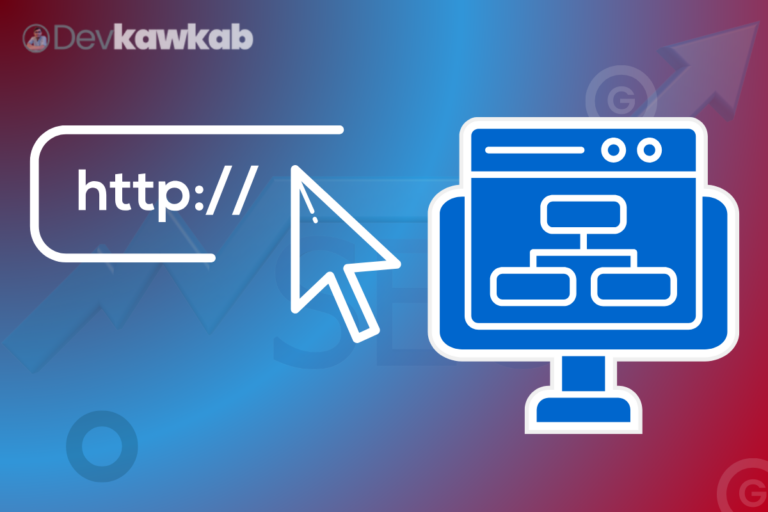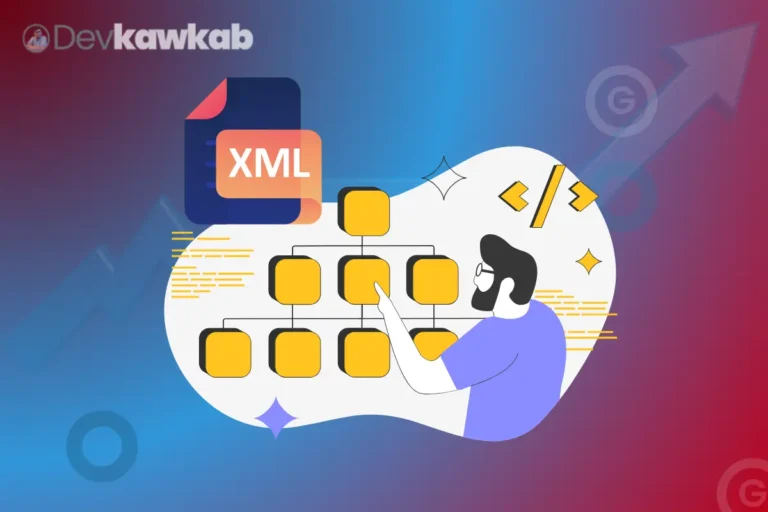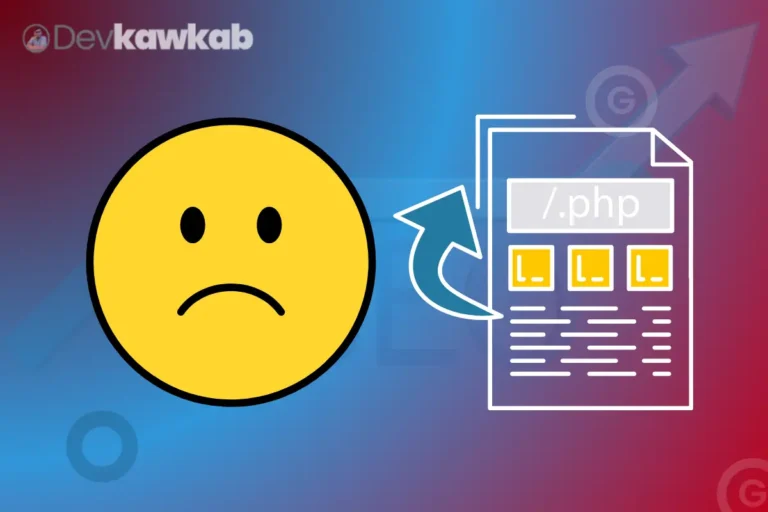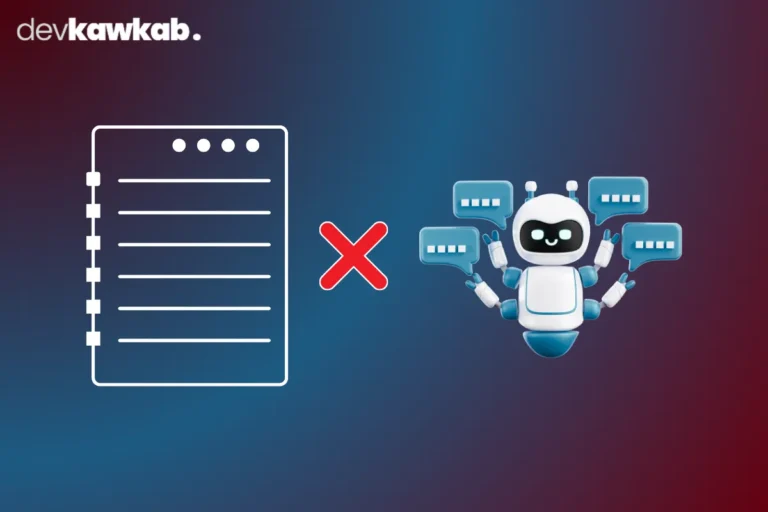Let’s kick things off with a chapter on 301 redirects and how to use them correctly.
In this guide, I’m going to cover why 301 redirects are essential for maintaining your SEO and preventing user frustration.
We’ll also dive into their impact on rankings, site structure, and when to choose a 301 over a 302 redirect.
By the end, you’ll know exactly how and when to apply 301 redirects to improve SEO, avoid common pitfalls like redirect loops, and keep your site performing at its best.
Let’s dive in.
Read more – Image SEO: 20 Methods for Image Optimization
What Is A 301 Redirect, And When Should It Be Used?
A 301 redirect is a permanent redirection from one URL to another.
It tells both users and search engines that the requested page has moved to a new location.
When applied, a 301 redirect preserves the link equity (ranking power) from the original page and transfers it to the new URL.
This ensures that any SEO value from the old page is not lost.
When Is It Appropriate to Use A 301 Redirect?
You should use a 301 redirect when a page is permanently moved to a new URL.
This can happen when you’ve reorganized your site, updated old content, or changed domain names.
If a page is permanently removed without a suitable replacement, a 301 redirect to a related page is the best option.
The key here is permanence; 301 redirects should only be used when the move is final.
On the other hand, 301 redirects should not be used for temporary changes.
Redirecting to irrelevant pages or creating too many redirects can hurt your SEO rather than help.
How Does 301 Redirect Impact SEO Rankings?
One of the most important aspects of a 301 redirect is its ability to pass along SEO value, also known as link equity.
This is the ranking power accumulated by the original URL through backlinks, user engagement, and other ranking factors.
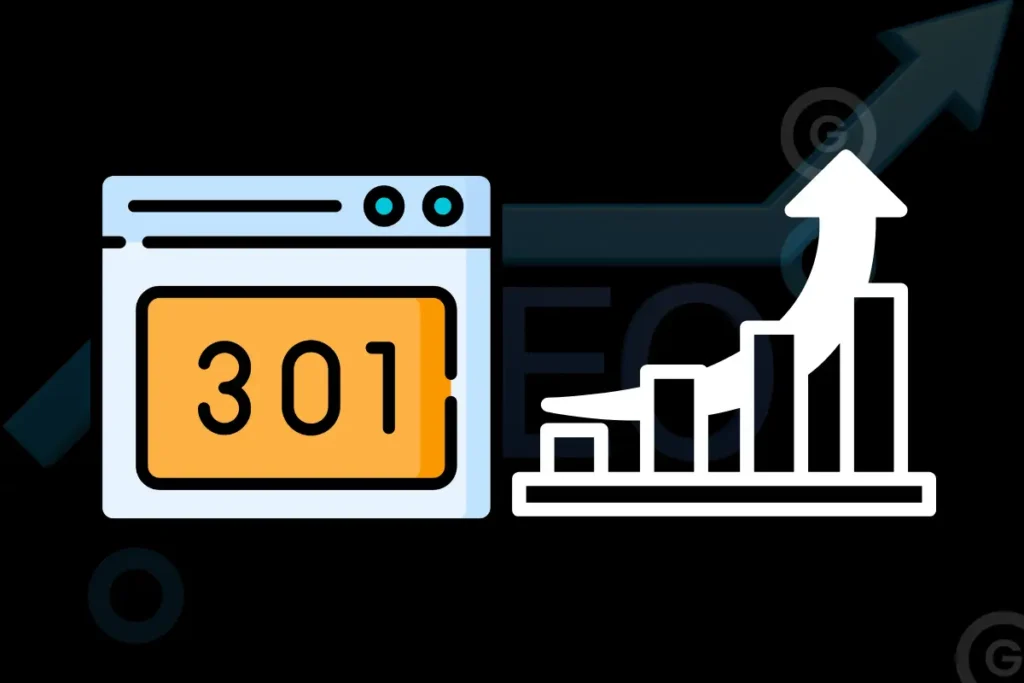
When a 301 redirect is properly implemented, this link equity is transferred to the new page, ensuring your rankings aren’t negatively impacted.
How Much Link Equity Is Passed Through A 301 Redirect?
While 301 redirects pass the majority of link equity, it’s worth noting that some SEO experts suggest a slight loss in value-around 10-15%.
However, this minor drop is far better than losing all ranking power if the page were left without a redirect.
The most significant technical SEO benefit of a 301 redirect is the preservation of existing rankings and traffic.
Google recognizes 301 redirects as a signal that the content has moved permanently, and thus, it adjusts its index accordingly, keeping the new page visible in search results.
Read more – Why is 404 page important?
Why Is It Important to Use 301 Redirects for Permanently Moved Pages?
When a page is permanently moved or deleted, failing to implement a 301 redirect can lead to serious issues for both users and search engines.
Visitors who attempt to access the old URL will encounter a 404 error, which can increase your bounce rates and frustrate users.
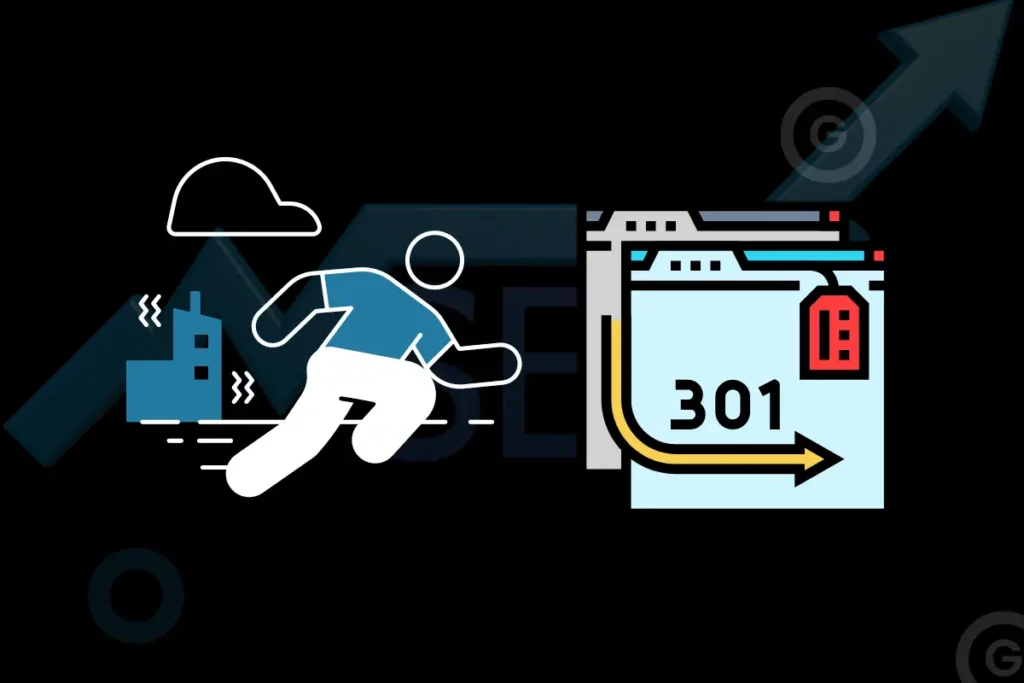
Search engines will struggle to index the new content if they don’t know the old page has been replaced.
What Happens If You Don’t Use A 301 Redirect?
If a 301 redirect isn’t set up, search engines will continue to index the old page, leading to crawl errors and a drop in rankings.
Users who land on a 404-error page will likely leave your site, increasing bounce rates and signaling to search engines that your site isn’t providing value.
By using a 301 redirect, you maintain the user flow and ensure search engines understand the page has moved, preserving both traffic and ranking power.
What Is the Difference Between A 301 And 302 Redirect?
While 301 redirects indicate a permanent move, 302 redirects are used for temporary redirections.
This is a critical distinction, as search engines treat these redirects differently. 301 redirects pass the majority of link equity, while 302 redirects do not.
When Should You Use A 302 Redirect?
A 302 redirect is appropriate when you need to redirect traffic temporarily.
For instance, if a page is under maintenance or you’re testing a new design, a 302 redirect will send users to a different page without affecting the original URL’s SEO value.

Search engines recognize this as a temporary move, so they’ll continue to index the original page.
Using a 302 redirect incorrectly for permanent changes can hurt your SEO, as search engines won’t transfer the ranking power to the new URL.
Here’s a comparison:
| Redirect Type | Use Case | Impact on SEO | Example |
|---|---|---|---|
| 301 Redirect | Permanent move | Transfers link equity | Changing domain or merging pages |
| 302 Redirect | Temporary move | No link equity transfer | Site maintenance or temporary promotion |
How Can 301 Redirects Help with Website Restructuring?
Website restructuring or migration often involves moving large amounts of content or changing URL structures.
In such cases, 301 redirects play a crucial role in preserving your SEO value and ensuring a seamless transition for users.
Why Are 301 Redirects Essential During Site Migration?
Without 301 redirects, search engines would treat the new URLs as entirely new pages, which could lead to a significant drop in rankings.
301 redirects help search engines understand that the new URLs are simply the new locations for existing content.
This way, all the ranking power of the old pages is transferred to the new URLs, preventing traffic loss.
Additionally, users who have bookmarked or linked to your old pages will be automatically redirected to the new ones, ensuring they can still access your content without disruption.
Why Is It Crucial to Avoid Redirect Chains and Loops With 301 Redirects?
A redirect chain occurs when one URL is redirected to another, and then that URL is redirected again, creating a chain of multiple redirects.
Redirect loops happen when two URLs keep redirecting to each other, trapping the user in an endless loop.
Both of these issues can severely impact your site’s performance and SEO.
How Do Redirect Chains Affect SEO?
Redirect chains slow down your site’s loading time, which is a critical ranking factor for search engines like Google.
The longer the chain, the more time it takes for users and search engines to reach the final destination, leading to a poor user experience and potential drops in rankings.
Moreover, redirect chains can lead to loss of link equity, as each additional redirect may dilute the SEO value passed on.
How To Avoid Redirect Chains and Loops?
Regularly auditing your redirects can help you identify and fix any chains or loops.
Tools like Screaming Frog can be used to crawl your site and detect problematic redirects.
Always redirect directly to the final destination to minimize the risk of chains.
How Does A 301-Redirect Impact User Experience and Site Performance?
A smooth user experience is critical for any website’s success, and 301 redirects help ensure that users aren’t left staring at 404 pages or outdated content.
Redirecting users seamlessly to the new location of a page ensures they get the content they need without disruption.
How Do 301 Redirects Affect Site Performance?
When 301 redirects are set up correctly, users won’t notice the transition.
They’ll simply be taken from the old URL to the new one without any extra steps.
This helps in maintaining a positive user experience, keeping visitors on your site and reducing bounce rates.
However, if 301 redirects are overused or improperly implemented, they can lead to slower load times.
This can be particularly problematic if redirects aren’t managed well, leading to redirect chains that delay page loading.
When Should 301 Redirects Not Be Used?
There are times when 301 redirects aren’t the best solution.
For example, if a page no longer exists and there’s no suitable replacement, redirecting to unrelated content can confuse users and hurt your SEO.
In such cases, it’s better to return a 404-error page that clearly explains the content is no longer available.
What’s The Alternative to A 301 Redirect?
If there’s no relevant page to redirect users to, it’s often better to use a 410-status code or a 404 page that provides a clear message and links to other useful areas of your site.
This way, users understand the page is gone and can easily navigate to other content.
Final Words
That’s it for this comprehensive guide on 301 redirects.
Now I’d love to know: What will you tackle first? Are you planning to optimize your 301 redirects during a site migration? Or perhaps you’ll focus on avoiding those pesky redirect chains?
Whatever it is, make sure your redirects are working smoothly to keep your SEO intact and your users happy.
Let me know what changes you’re planning and how it’s working for your site by leaving a comment!
